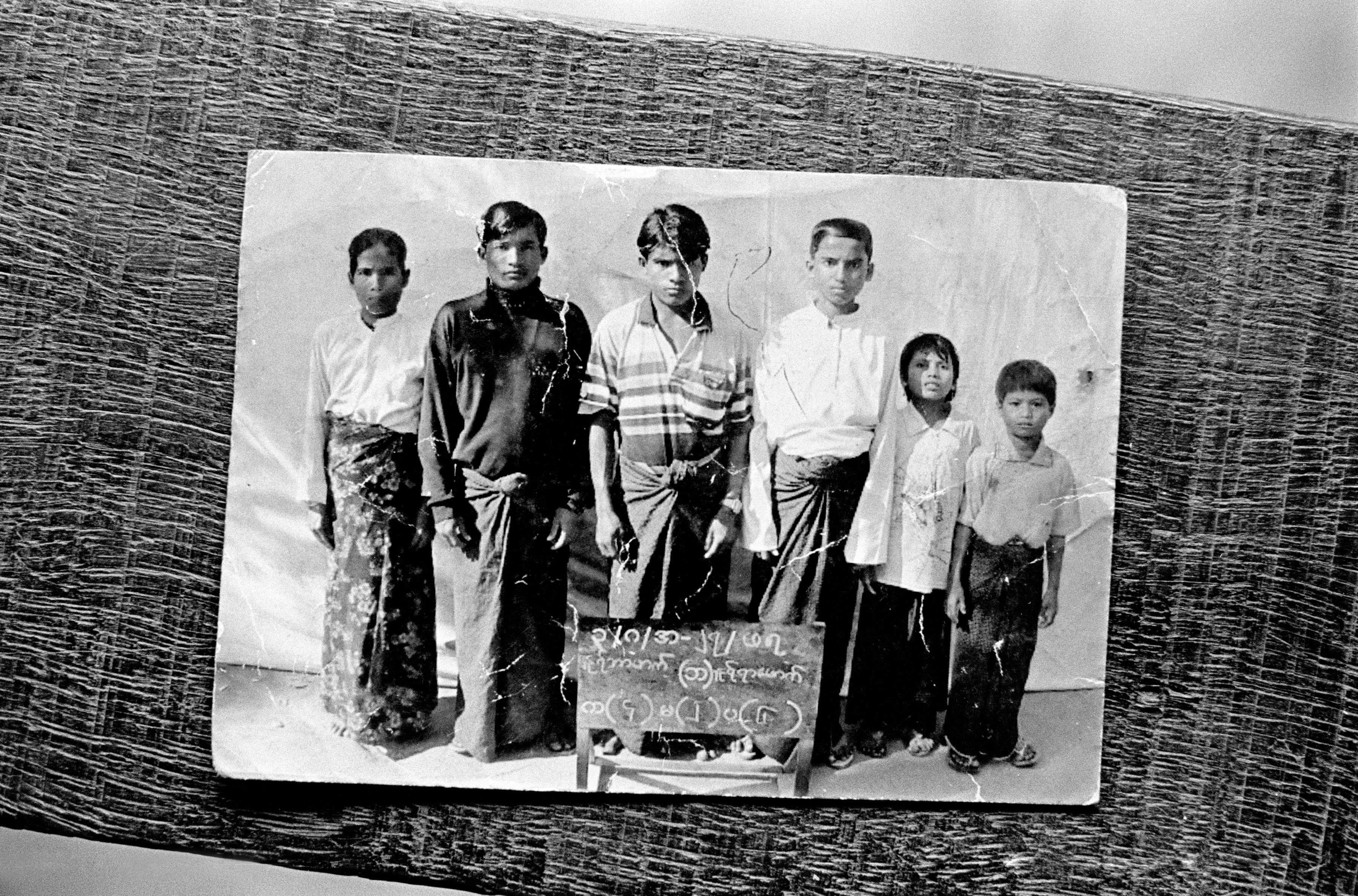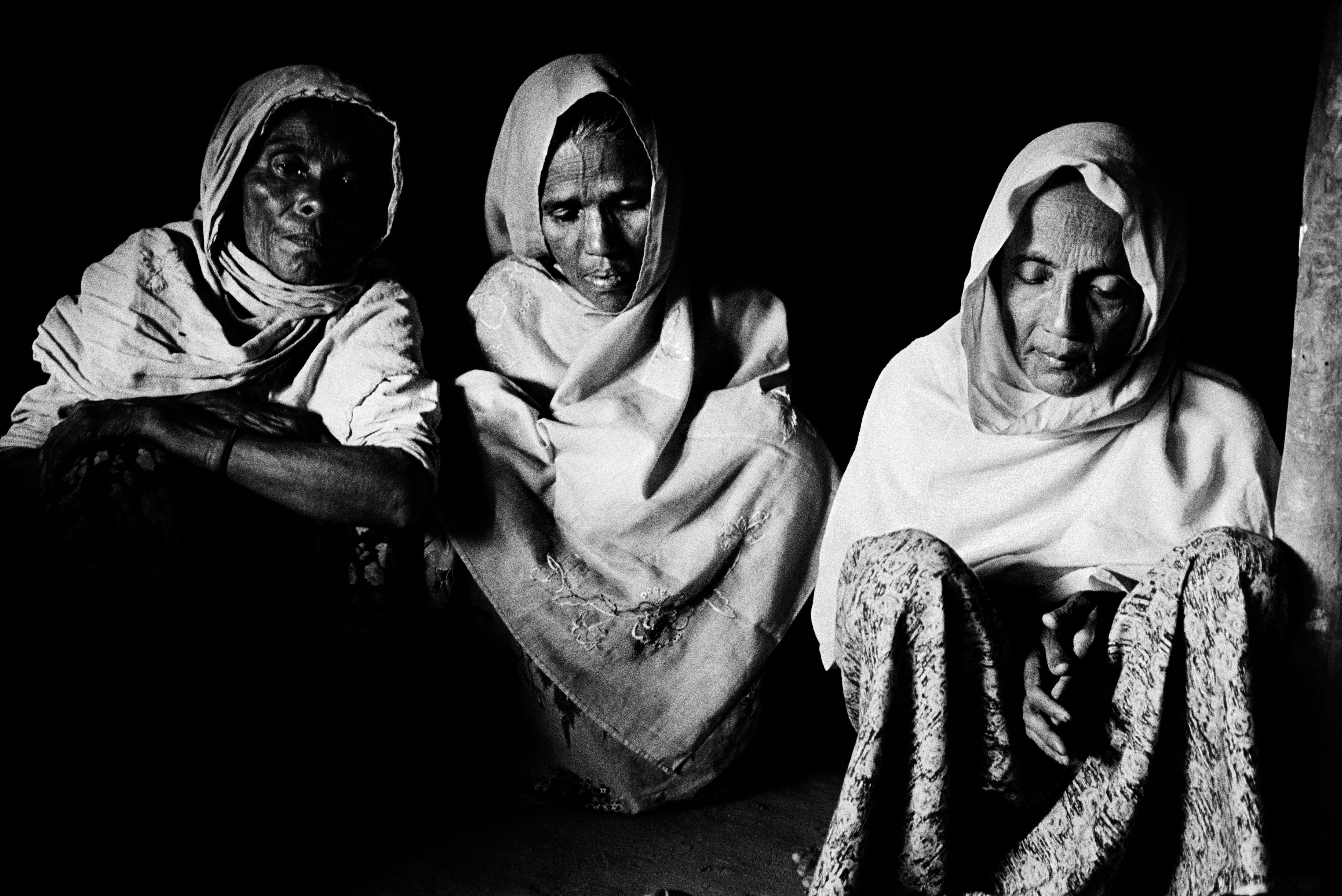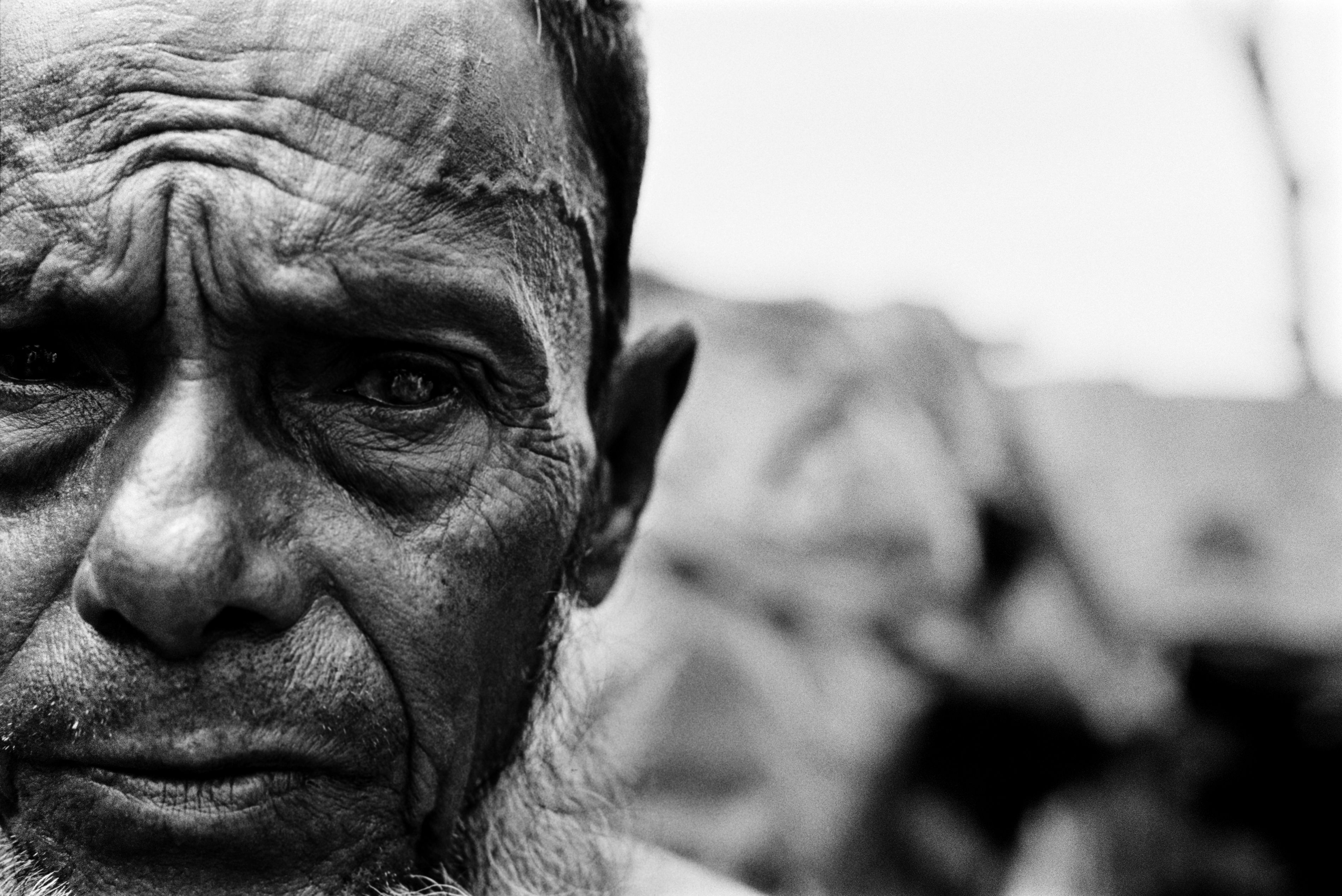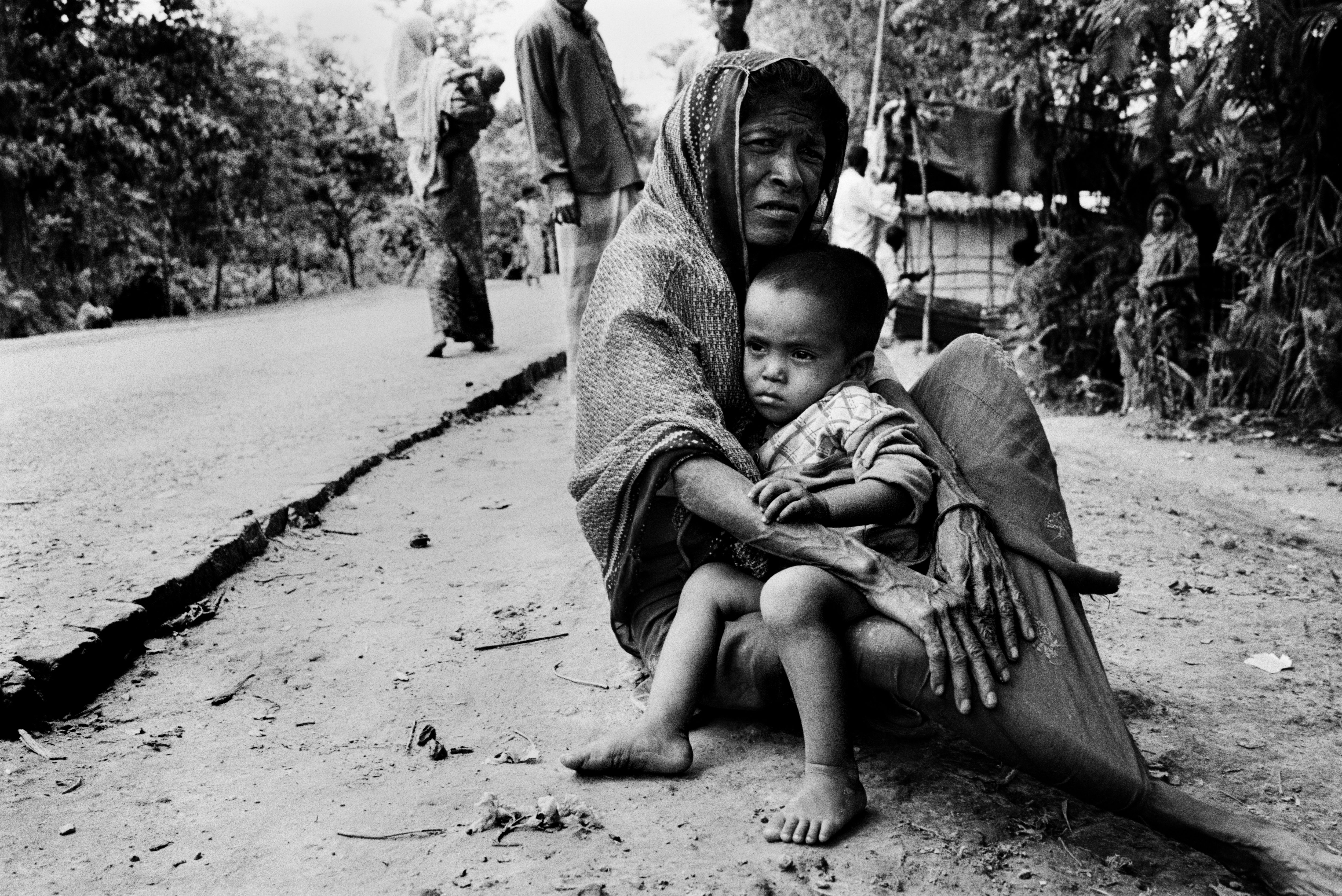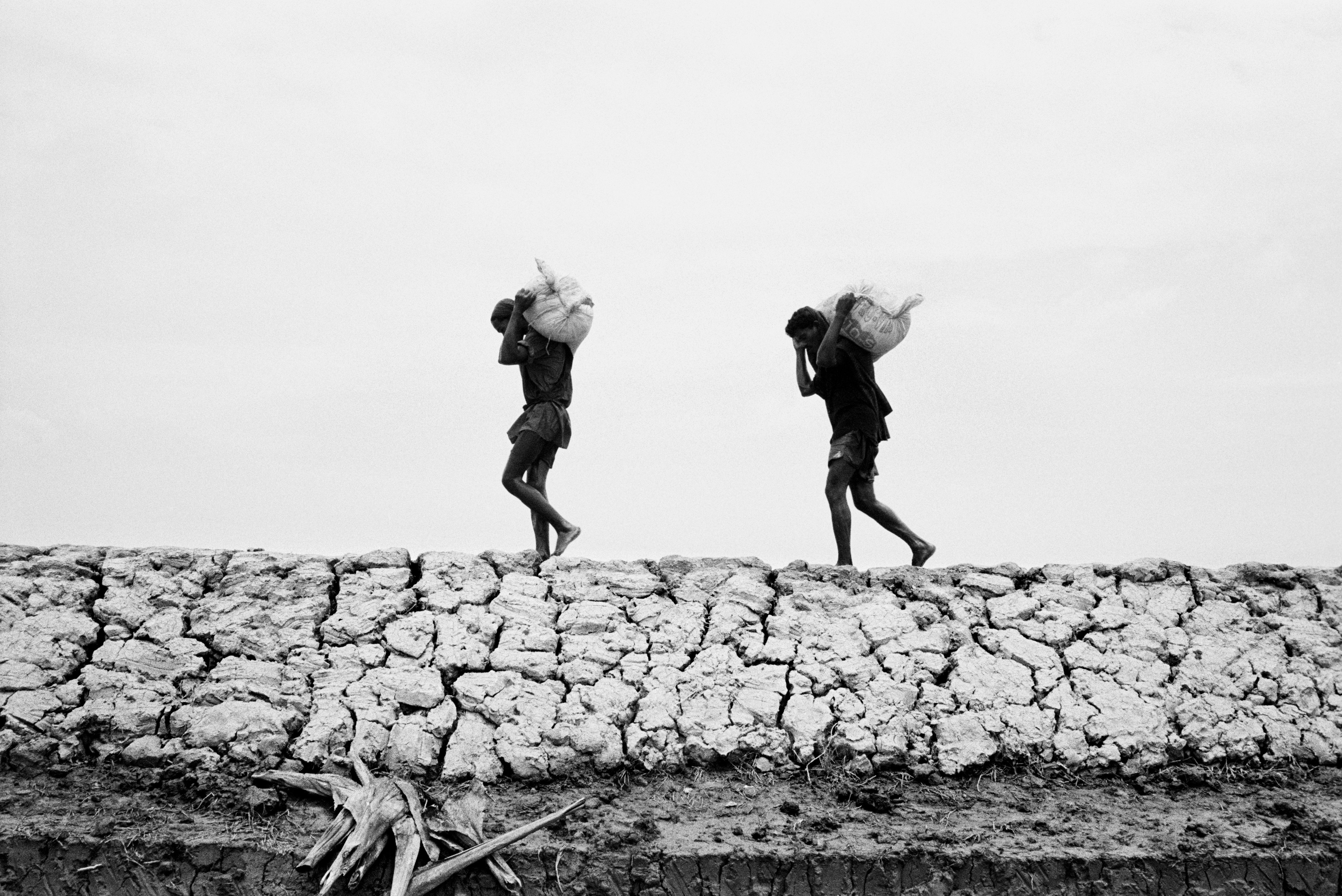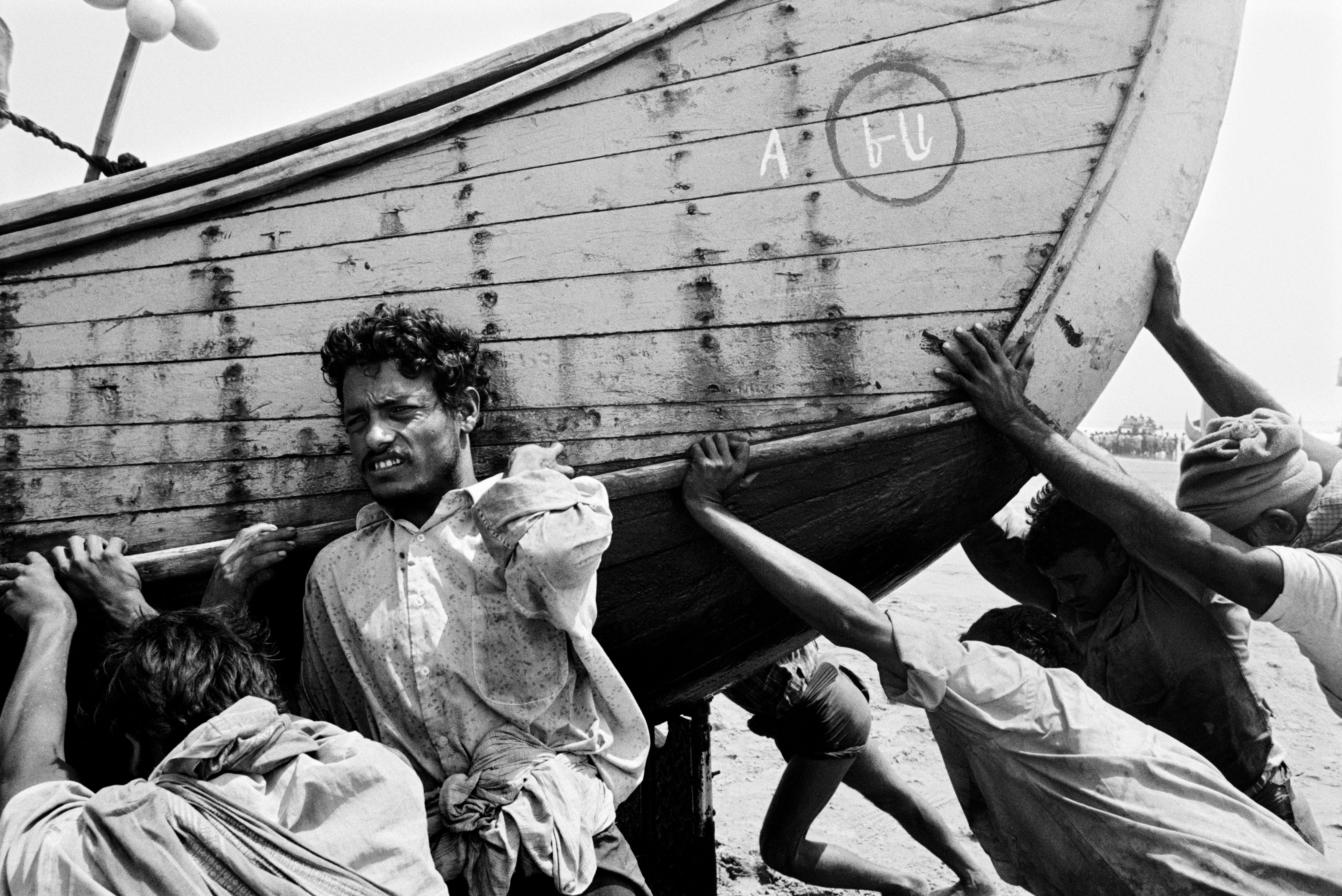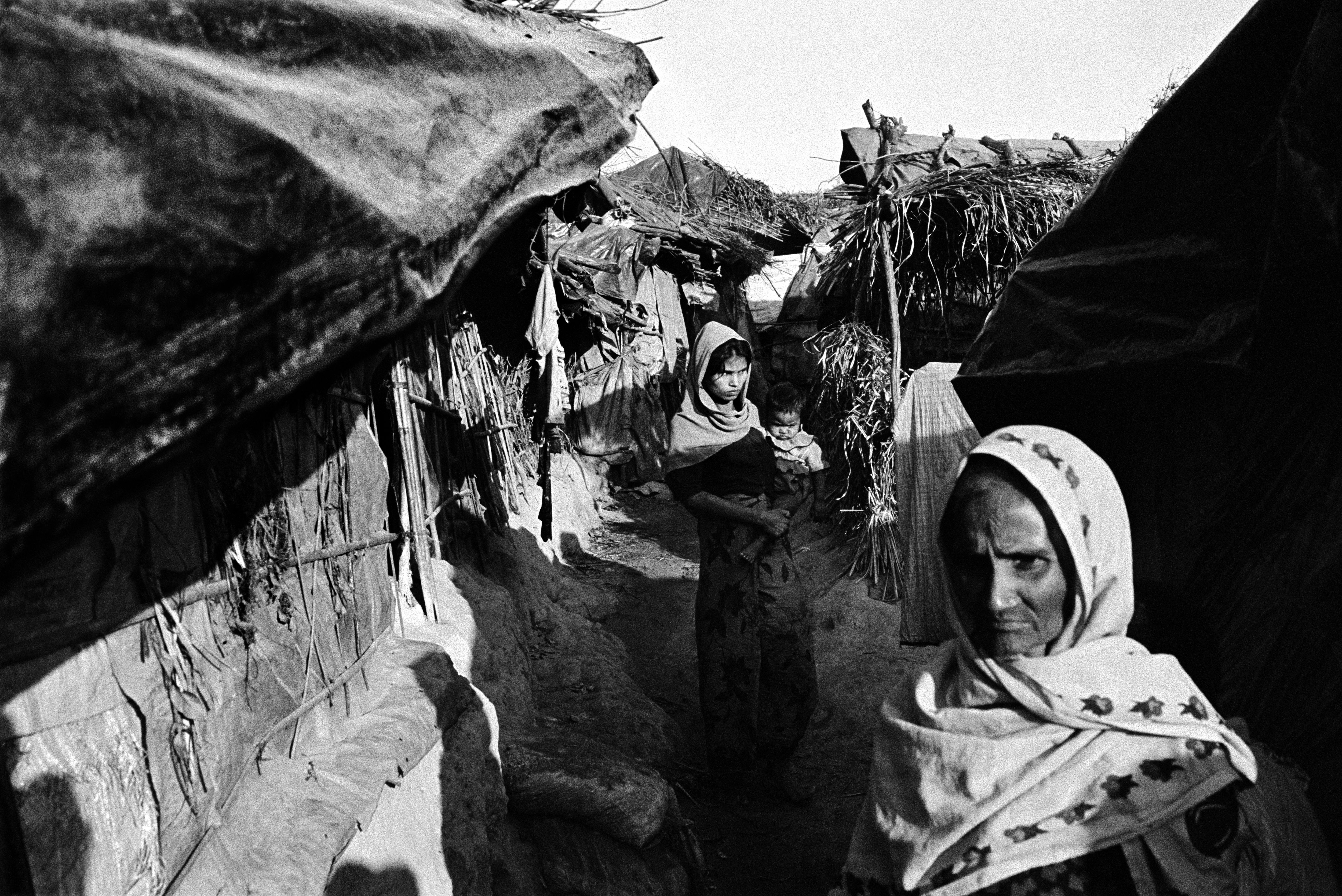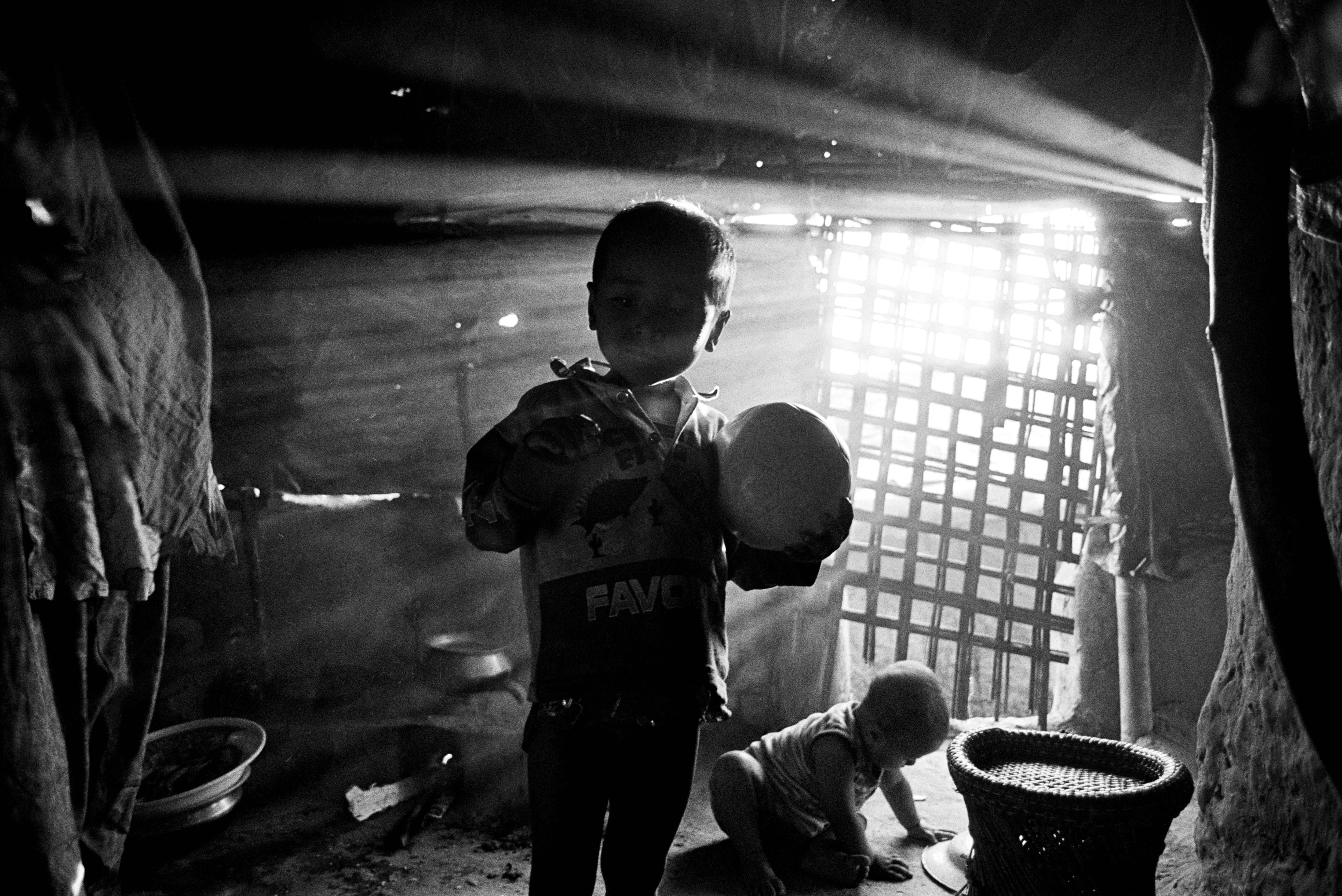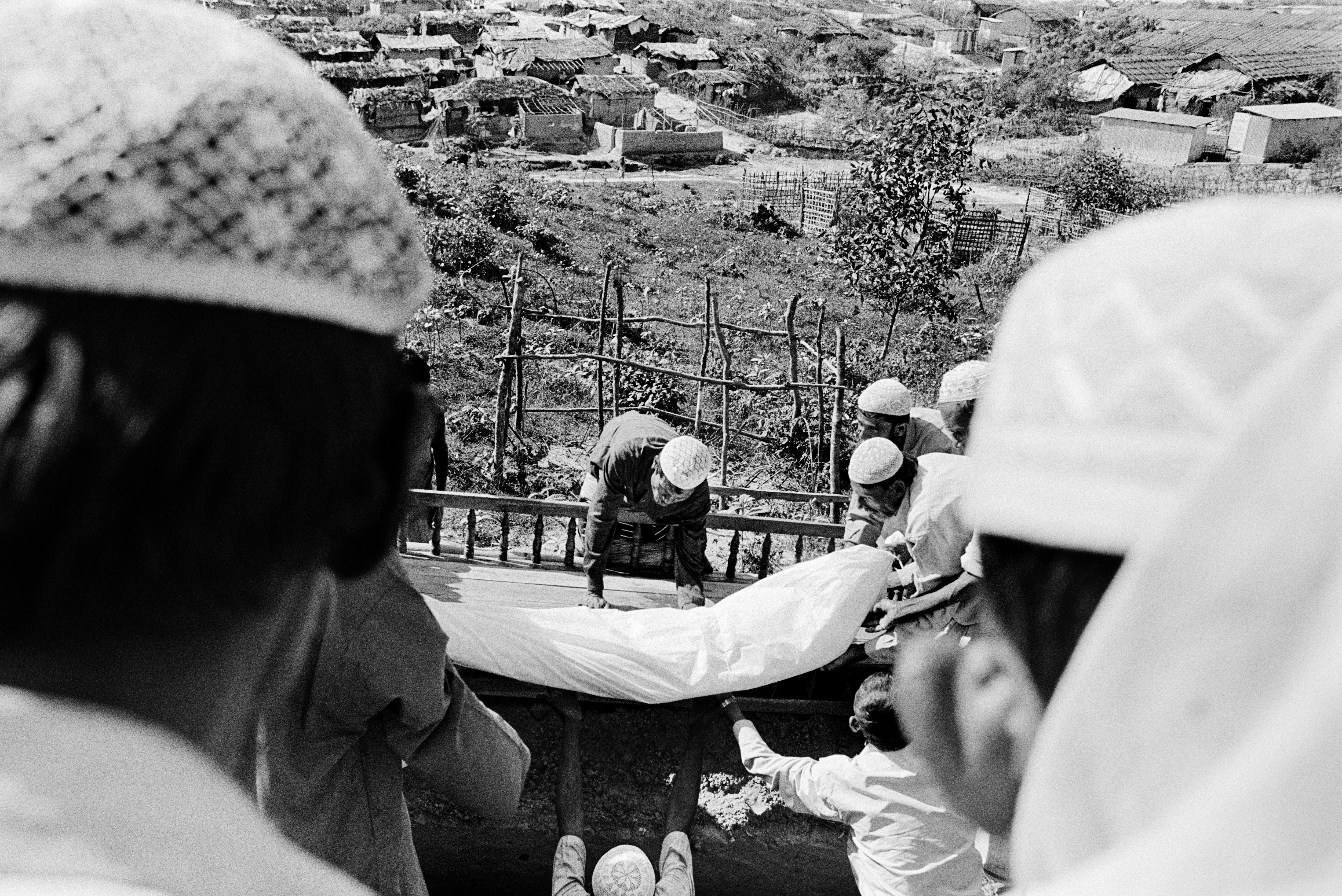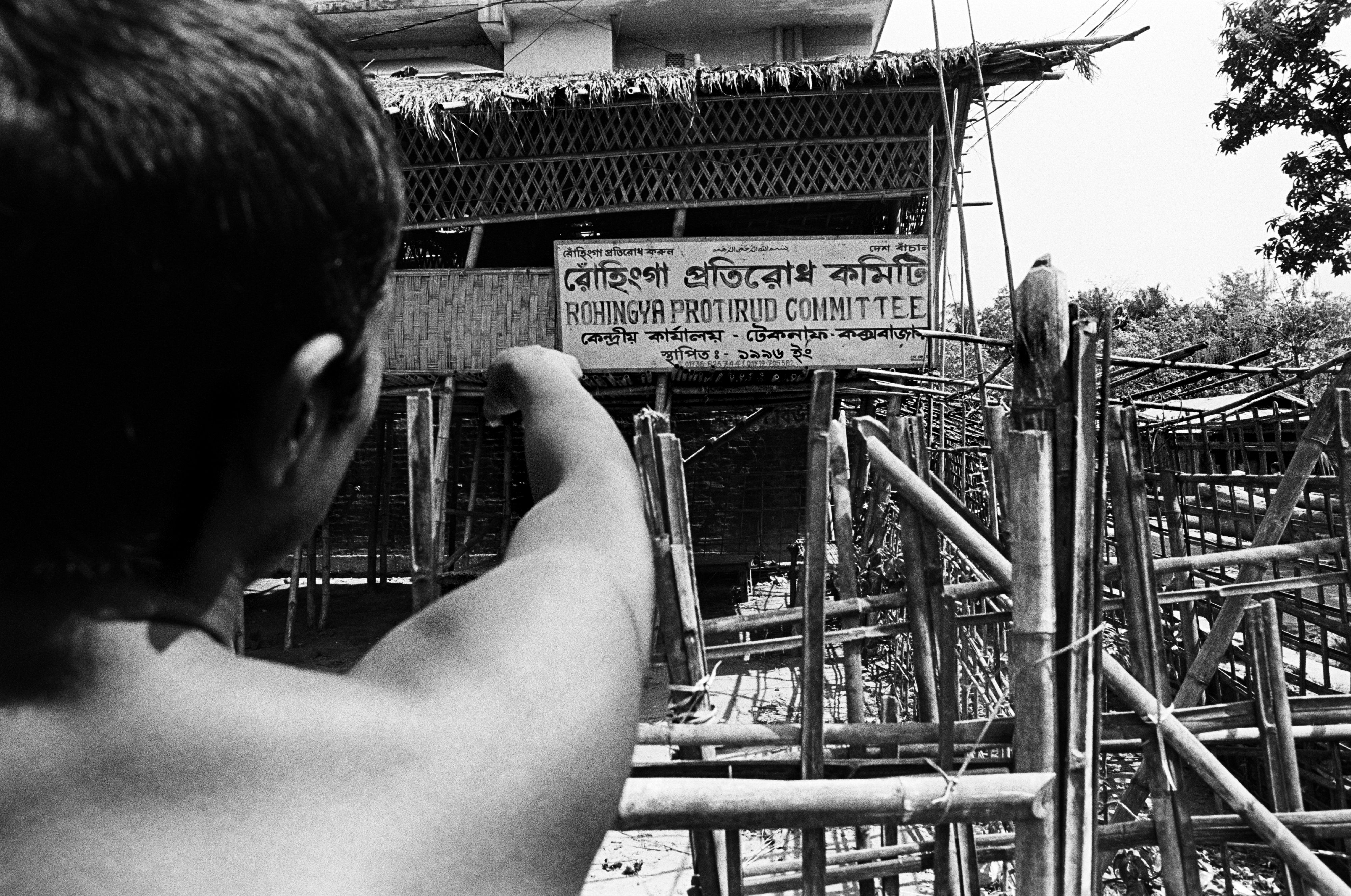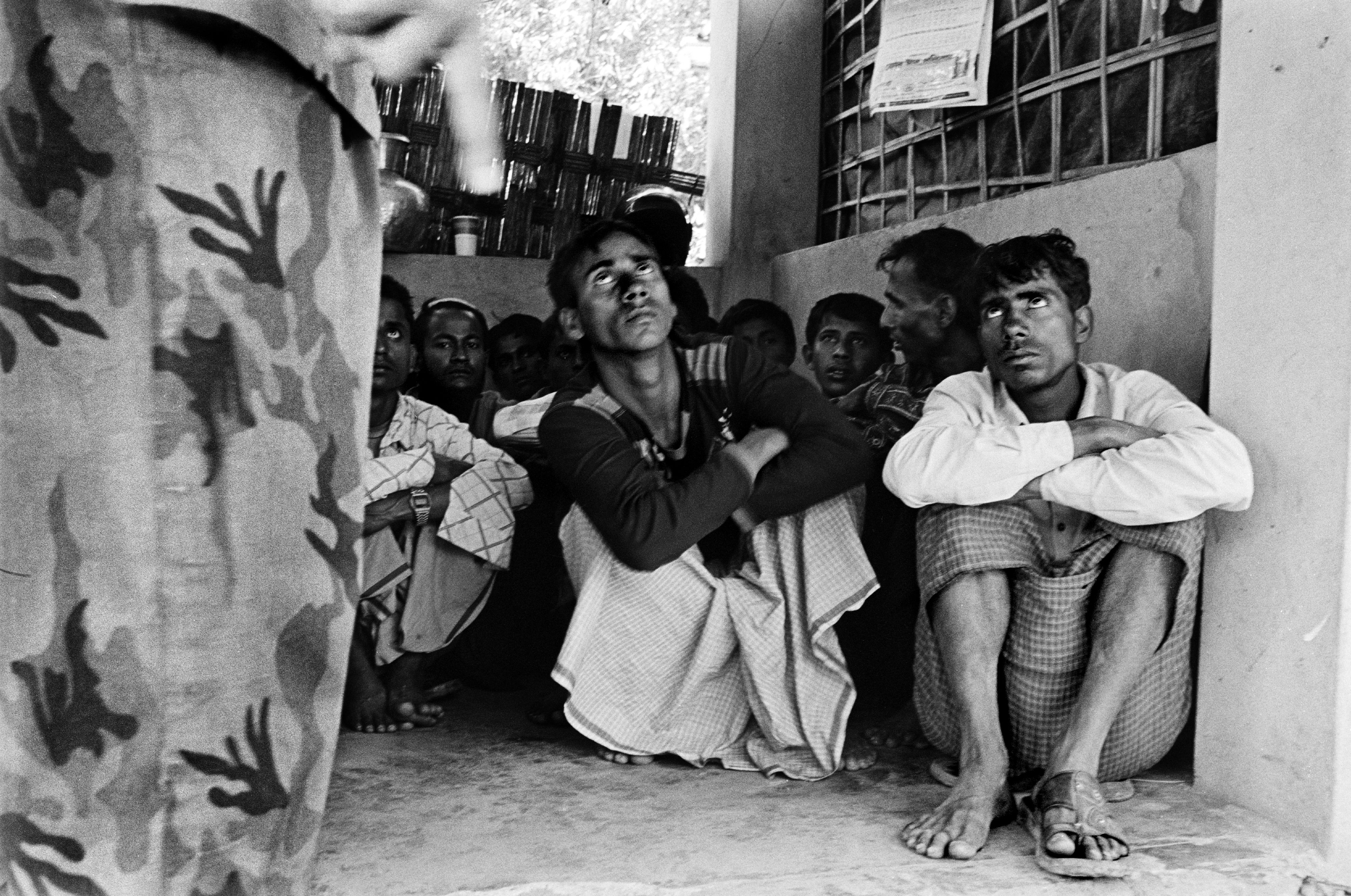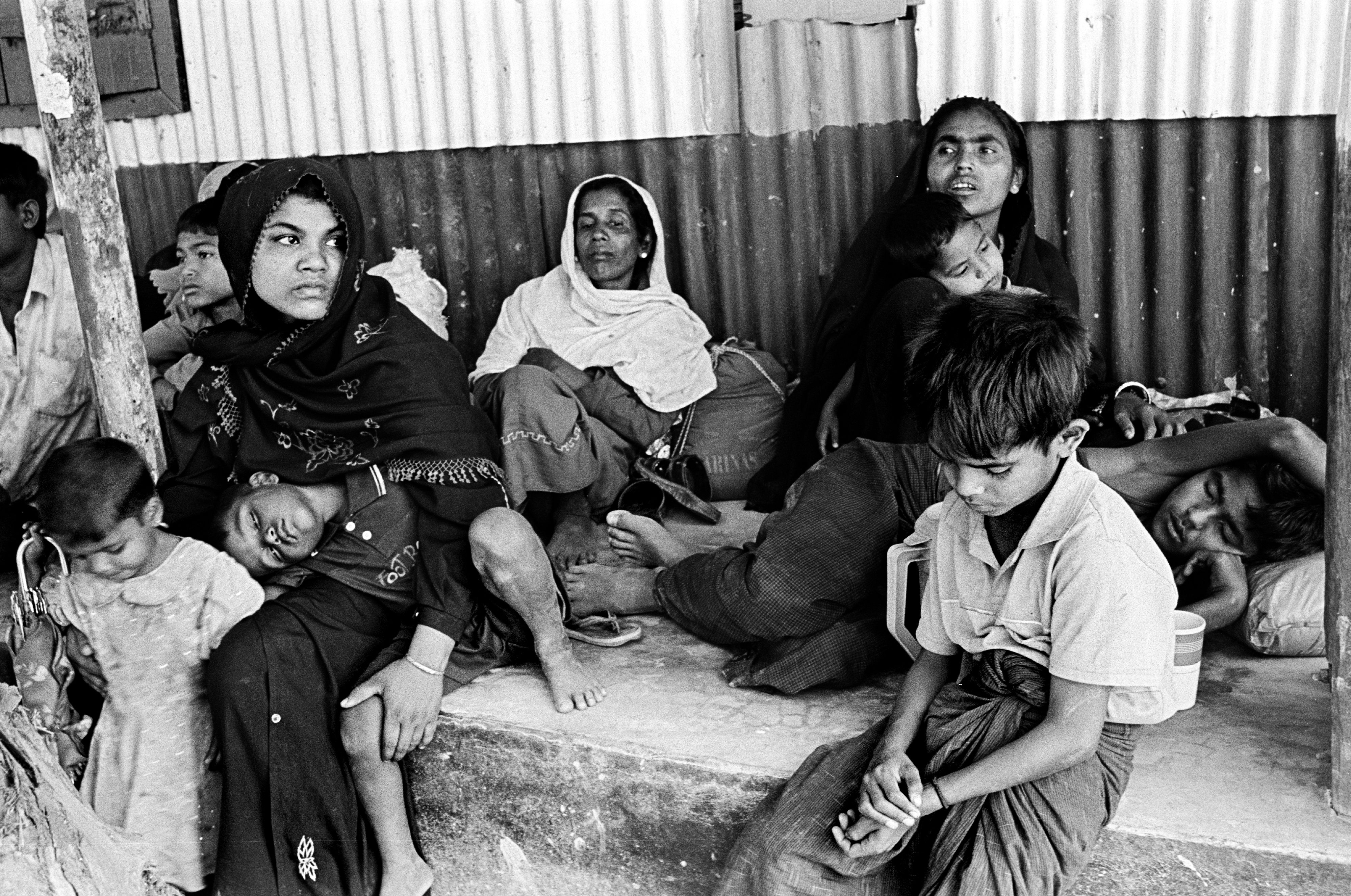June 30, 2012 | CNN
The Rohingya are a Muslim minority from the North Rakhine State in western Burma. Over the past 40 years, the Burmese government has systematically stripped over 1 million Rohingya of their citizenship. Recognized as one of the most oppressed ethnic groups in the world, the Rohingya are granted few social, economic and civil rights. They are subjected to forced labor, arbitrary land seizure, religious persecution, and extortion. They have neither the freedom to travel nor the right to marry. Because of the abuse they endure in Burma, hundreds of thousands of Rohingya have fled Burma to seek sanctuary in neighboring Bangladesh.
